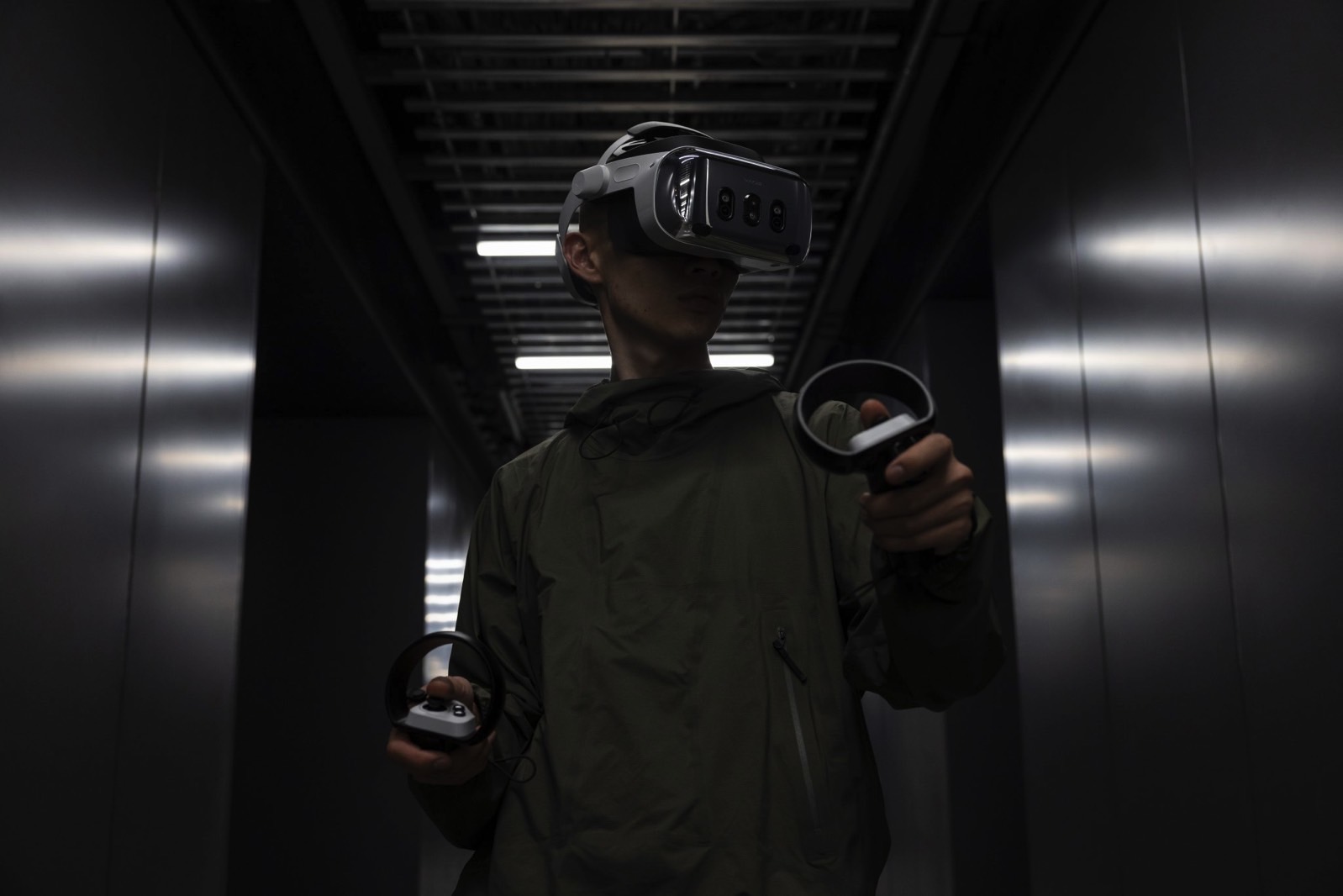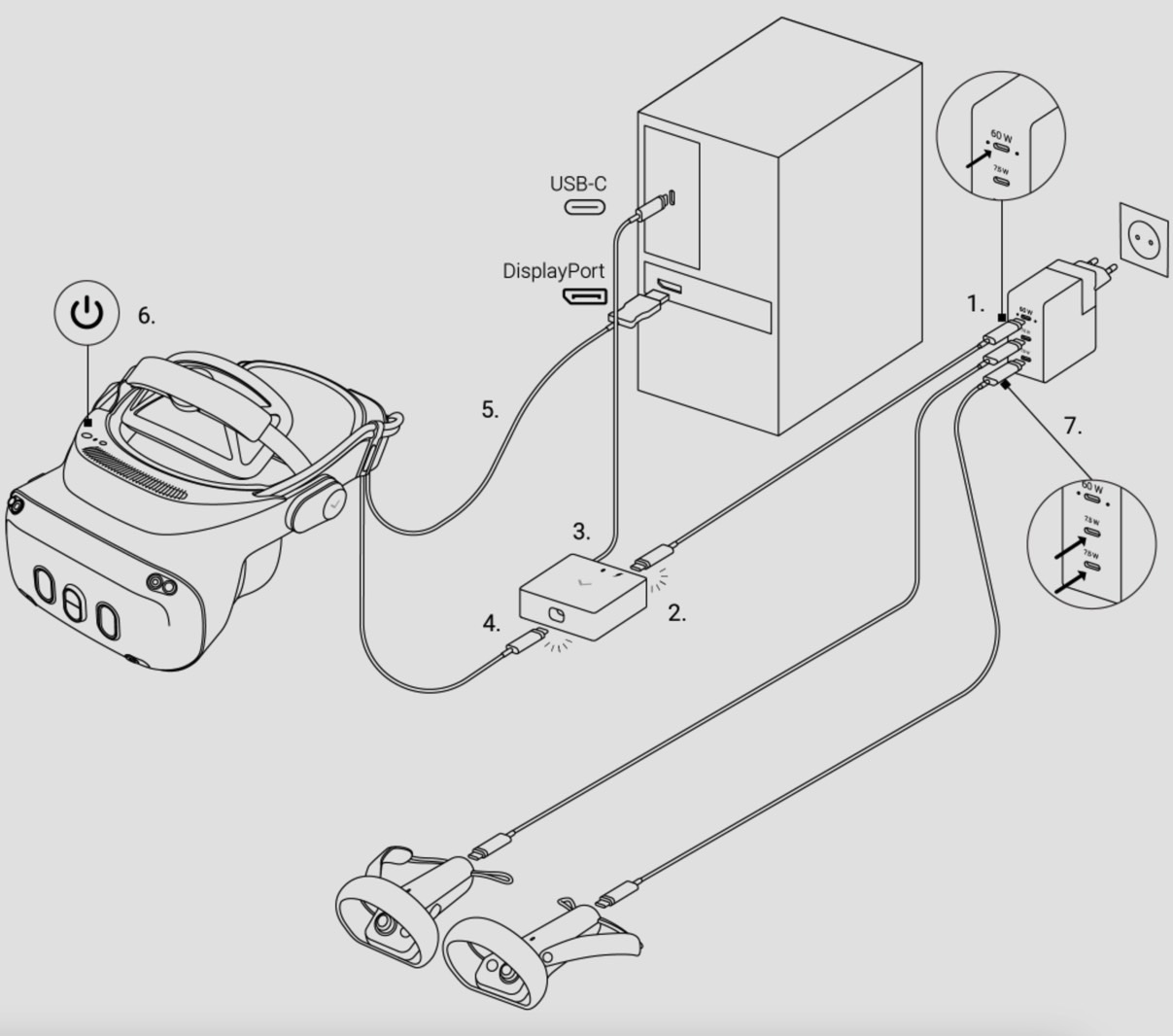Much has been written about the Vision Pro’s sky-high price. Starting at $3,499, the Apple device is too expensive for most users. Many people don’t see the potential of the spatial computer. I’ve already explained why the price actually makes sense for a device like this. The Vision Pro is unlike any competing device, as it features futuristic technology that needs massive resources. Apple spent billions to develop the headset and worked on it for several years before bringing it to market.
Yet not many people see the Vision Pro’s purpose. And not everyone who realizes how good the Vision Pro might be will purchase the device. But if the price is your only obstacle, maybe you should check out some of the best competition in the space. It doesn’t come from Meta, Google, Microsoft, or Samsung. Instead, it’s a Finish startup whose newest mixed-reality headset is even more expensive than the Vision Pro.
Varjo unveiled the XR-4 on Monday, with prices starting at $3,999. That’s almost $500 more expensive than the base price of the Vision Pro. But it’s still a great bargain, considering the previous-generation XR-3’s starting price of $6,495.
The main focus of the XR-4 seems to be virtual reality, though the Varjo devices also provide video passthrough so you can see the world around you. The Finnish company has even developed an XR-4 version that prioritizes augmented reality (AR) over virtual (VR).
The XR-4 Focal Edition starts at $9.990, even though it’s essentially the same device as the base XR-4. What’s upgraded is the quality of the passthrough video.
There’s also an XR-4 Secure Edition, whose pricing is available on request. This is the most secure XR-4 version available, a mixed-reality product that can be used in scenarios that need the best possible security. Like the military teaching pilots to fly fighter jets.
The big difference between these XR-4 versions and the Vision Pro is that Varjo targets enterprises rather than retail buyers. Whereas Apple wants to sell the Vision Pro to everybody. That’s a big advantage for Apple, which can pitch regular buyers and professional users a new computing experience that already comes with a well-established foundation.

The Vision Pro will run all the services that Apple offers, including support for iPhone and iPad apps already available from the App Store. On top of that, developers will create apps targeting the Vision Pro specifically.
Meanwhile, products like the XR-4 will lack a platform that can compete with Apple. And while they feature advanced tech that will come in handy in various enterprise scenarios, they highlight Apple’s impressive achievements by comparison. Also, the Vision Pro will likely support the same enterprise scenarios that Varjo demos. And it might do it better than Varjo.
I don’t want to downplay what Varjo seems to have achieved with the XR-4 mixed-reality headset. Again, the device features amazing technology squeezed into a headset you wear on your face. The XR-4 packs two mini-LED displays with 4K resolution, 90Hz refresh rate, and 200 nits of brightness. On the front, it features 20-megapixel cameras for video passthrough and a LiDAR sensor.
Like the Vision Pro, the XR-4 supports eye tracking. But unlike Apple’s spatial computer, it comes with controllers. Hand tracking is optional.
The worst thing about the XR-4 seems to concern its operation. The Varjo device is not a true spatial computer. You need to be connected to a Windows PC via an USB-C cable to enjoy a mixed-reality headset experience. It’s actually a couple of cables, one for power and one for the computer’s graphics card. The Varjo XR-4 isn’t a standalone device. It lacks processing power.

Whereas the Vision Pro is already a wireless device, a full-fledged computer, that runs its own operating system. The Vision Pro also comes with a battery pack that gives you two hours of use.
Again, the Vision Pro is a computer on your face, a secure Mac-like environment that does eye and hand tracking, likely foreshadowing the computing of the future.
With all that in mind, The Vision Pro’s starting price is an incredible deal, especially when compared to the XR-4 and its predecessor. And Apple will probably be able to drop the Vision Pro price much faster in the coming years than Varjo.
Then again, Varjo is a startup. It doesn’t have the reach of Apple. But the XR-4’s arrival makes me wonder what Apple’s real rivals can do. Meta, Google, Microsoft, and Samsung are companies with extensive resources that could create Vision Pro-like spatial computers. But will they beat the Vision Pro price for a device that will match the Vision Pro hardware and experience?








